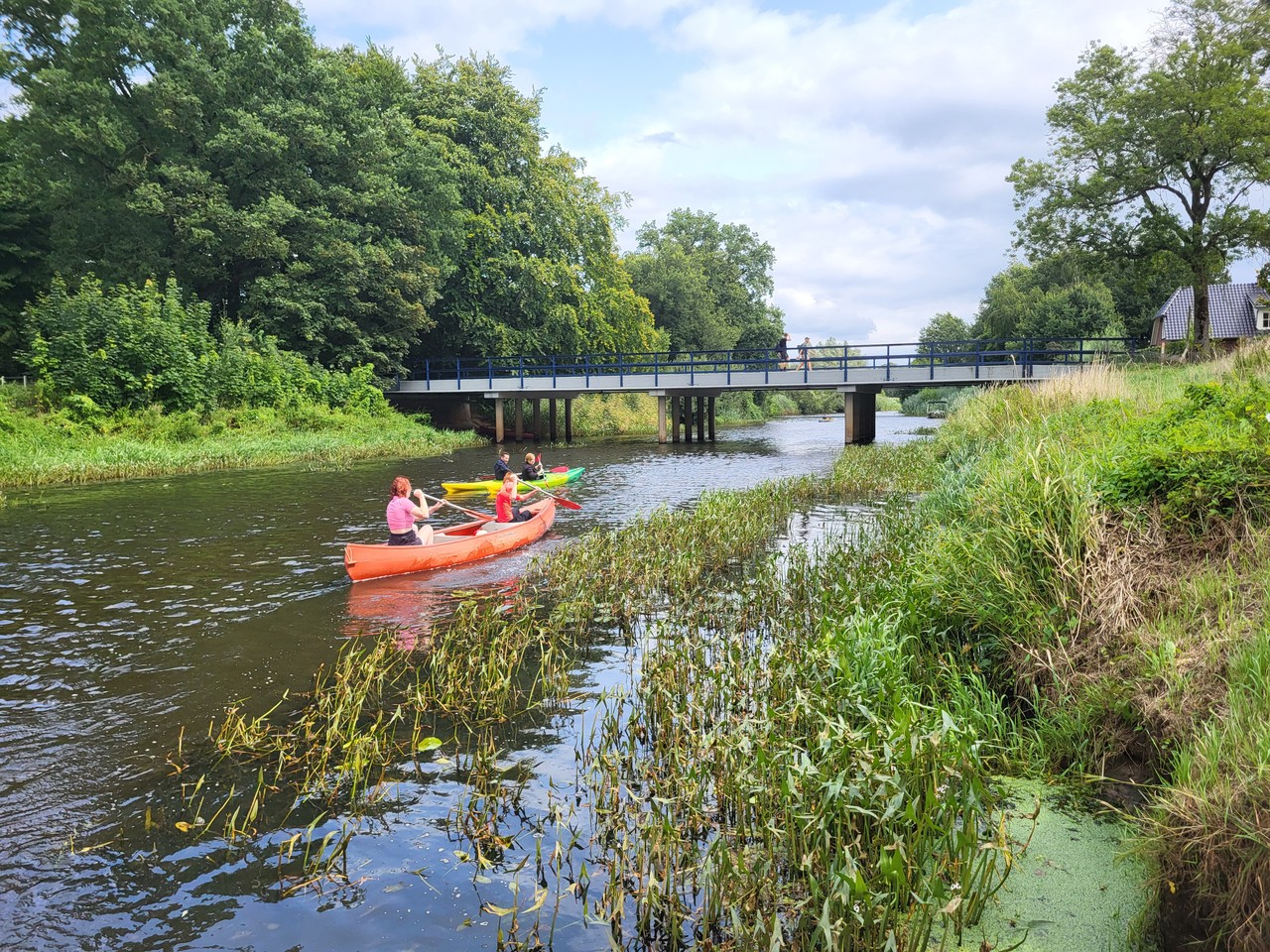In the period leading up to liberation, the bridge over the Regge between Lemele and Ommen suffered greatly. On 14 January 1945, it was heavily damaged during an air raid by Allied fighters, as were two nearby farms. Willem Eggengoor, the 73-year-old owner of Café De Nieuwe Brug, was watching from the street. "That’s what it takes to put an end to this war," he observed. These were his last words, as tragically he was fatally struck by a bullet moments after saying this and did not live to see the liberation. German resistance remained fierce at that time and the occupying forces quickly repaired the bridge.
However, the situation was very different on 10 and 11 April 1945, when Hendrik Jan Roddenhof, then 20 years old, witnessed the liberation first hand:
10 April 1945: Ommen under fire
“My father received a message from the resistance: the Canadians would launch an attack on Ommen at 8 o’clock that evening. We were told to lie low for now. From the Lemelerberg, they fired heavy artillery on Ommen. It didn’t last long, because the Canadians were soon informed that the last German troops had fled the town.”
11 April 1945: Bailey bridge at Nieuwebrug
“After feeding and milking the cows, we went early in the morning to the bridge at Nieuwebrug, near Café Eggengoor, to take a look. The place was buzzing with activity. Modern equipment—bulldozers and pile drivers—was hard at work. I had never seen anything like it. The old bridge had been blown up by retreating German troops, and the bulldozers were preparing the abutments for the installation of a Bailey bridge across the Regge.”
“It was almost unbelievable how quickly it all went. The Canadian soldiers said that this was actually one of the easier jobs—compared to building a bridge under enemy fire. Around 11:30 a.m., the first armored vehicles rolled over the bridge, an impressive sight. An enormous convoy of vehicles followed. People said that the last vehicles were still in Nijverdal, while the first were already entering Ommen. The heavy machinery caused not just a deafening noise but also significant damage—within half an hour, the road from Nijverdal to Ommen was completely wrecked along its entire length.”
It was all worth it—for Hendrik Jan, the Bailey bridge over the Regge became the bridge to freedom he had longed for all those years.
